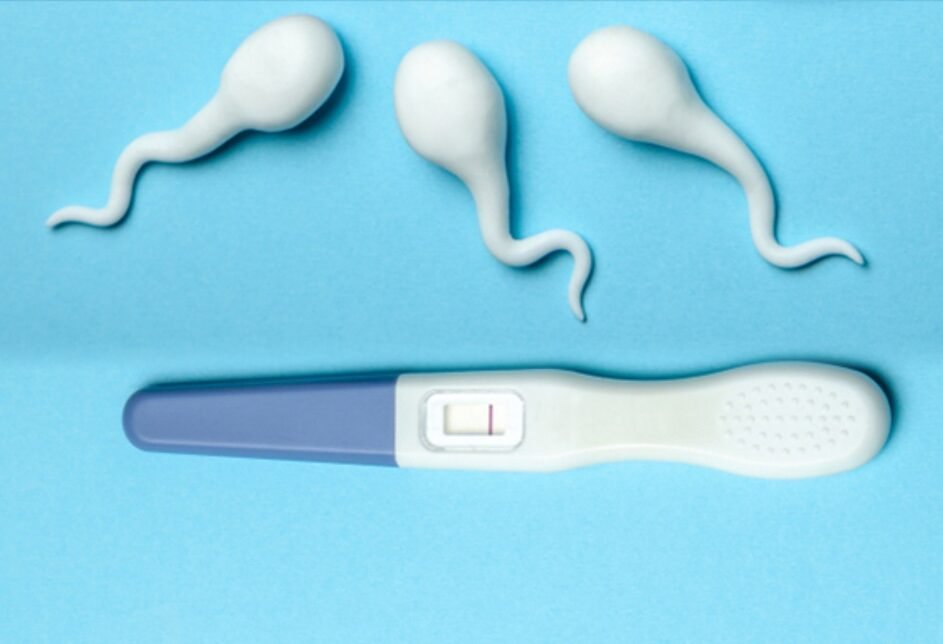Infertility is a global health problem affecting millions of couples but comparatively little systematic research has been done to find whether air pollution plays a role in causing infertility. However, harmful pollutants floating in the air is already known to increase risk for cancer, cardiovascular and respiratory disorders.
Common levels of nitrogen dioxide are as bad as smoking in raising the risk of miscarriage and pollution particles have been found on the foetal side of placentas.
The research, published in the journal Environment International, was based on data from interviews and questionnaires from 18,571 couples who were part of the large China Fertility Survey of Married Women. In China, women are required to register with the authorities before attempting to become pregnant, enabling the researchers to request information from all women who were aiming to conceive.
The researchers found that women exposed to small particle pollution that was 10 micrograms per cubic metre higher over a year had a 20% greater risk of infertility. The average pollution level for the Chinese couples was 57µg/m3. In London, UK, the average is about 13µg/m3.
The results also showed that the proportion of women not becoming pregnant after 12 months of trying rose from 15% to 26% when comparing to those exposed to the lowest level of pollutants.
In another study, presented at the Endocrine Society’s annual meeting in 2019 in New Orleans, La, the researchers found that the long-term exposure to particulate pollution in a closed space can reduce the sperm product.
The study included four groups of mice. One was exposed to PM2.5 from Sao Paolo before and after birth, from the day they were weaned from their mother’s milk until adulthood. The second group was exposed only during gestation.
The third group was exposed after birth from weaning until adulthood, and the fourth group was exposed only to filtered air during gestation and from the time they were weaned until adulthood. The researchers analyzed the testes of the mice and their production of sperm. DNA tests were used to evaluate gene expression, the process by which genes in DNA provide instructions for proteins.
Effective Measures to Reduce the Exposure to Harmful Pollutants
The most effective way of reducing the exposure is to control the sources of indoor air pollutants. Ventilation with outdoor air can also be another useful measure to improve air quality indoor.
The indoor air usually gets polluted by chemicals released from consumer products, gas appliances, building materials, smoking, and furniture. While purchasing these things for home, you need to ensure that the products are safe for human health.
Choosing formaldehyde-free products such as solid wood, gypsum board, stainless steel for home renovation and harmless cleaning products that are safe for human health would be an effective way of controlling the sources of indoor pollution.
Choose Air Purifier to Remove Tiny Particles and Other Pollutants
There are many types and sizes of air cleaners on the market, ranging from relatively inexpensive table-top models to sophisticated whole-house air purification systems. Some air cleaners are highly effective against the concentration of fine particles, while others are much inefficient in capturing the pollutants.
The filtration efficiency of an air purifier relies on how well it arrests pollutants from indoor air and how much purified air it delivers through the cleaning or filtering element (expressed in cubic feet per minute). An efficient air purifier with a low air cleaning and circulation rate would hardly meet your requirements, nor will the one with high clean air delivery rate but less filtration efficiency.
PetriMed CA brings you an advanced air purification system that can efficiently capture 99.999% of all types of tiny particles through its high-quality pre-filter, HEPA H14, pre-activated carbon filter, UV-C and bipolar ioniser.
Contact US

Vaping Is A High Risk For Young Hearts
For decades, the news had been so good. The number of teenagers smoking tobacco products was falling. “Billions of dollars, tons of manpower and effort, were spent on informing y.oung people about the harms of smoking,” said a cardiologist. “And we were successful. Smoking rates across…

Is Your Home’s Air Clean?
The air we breathe in a closed space affects our health and ability to fully contribute to society and live a healthy our healthiest lives. For over two years, the impact of COVID-19 has highlighted that how clean indoor air plays an important role in response and recovery — the spread of the virus can be reduced…

Risk of Ambient Concentration of Particulate Matters Associated with Ambulance Services in India
An ambulance is a medically equipped vehicle which transports patients to treatment facilities, such as hospitals. Typically, out-of-hospital medical care is provided to the patient during the transport. Ambulances are used to respond to medical emergencies by emergency medical services…


0 Comments